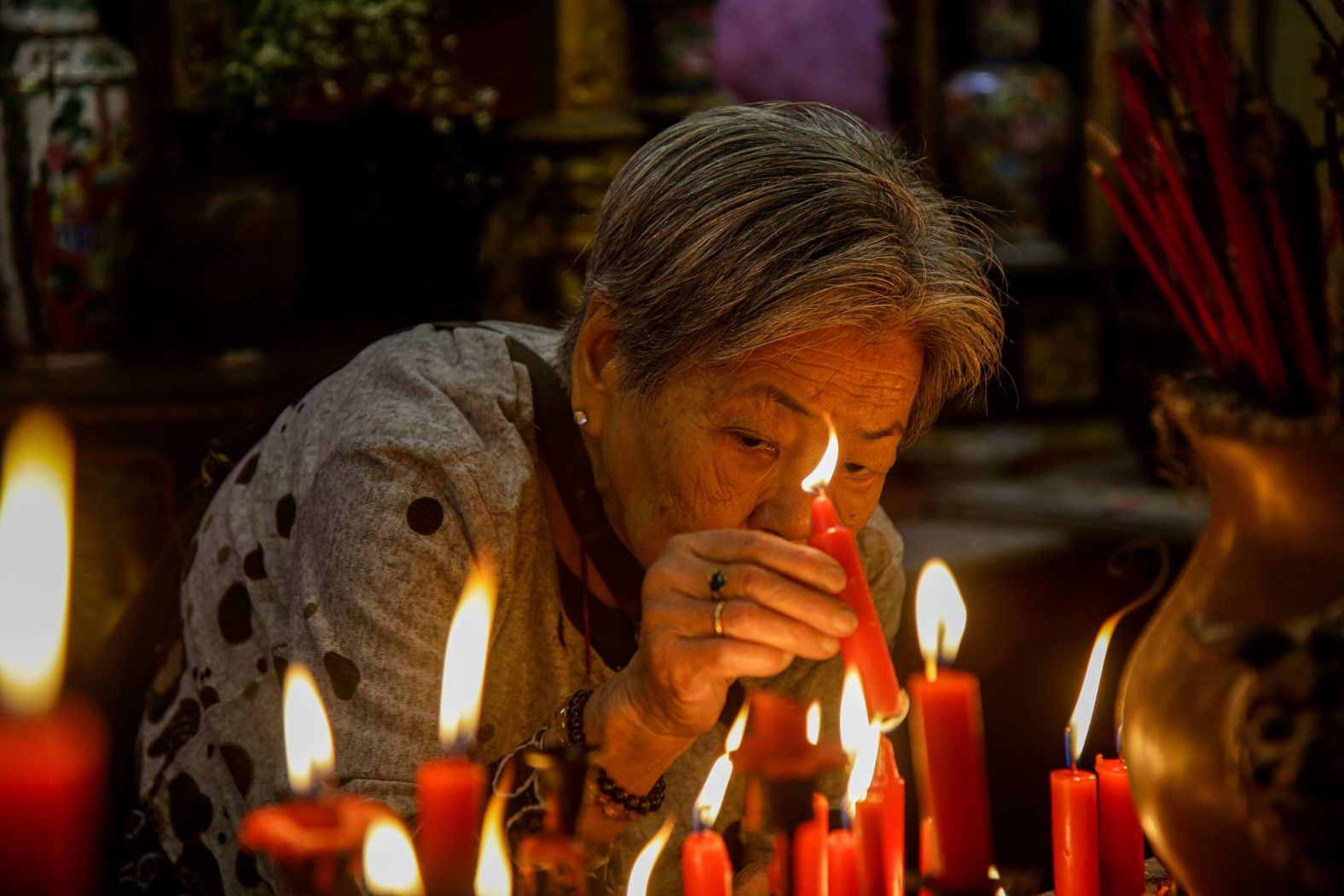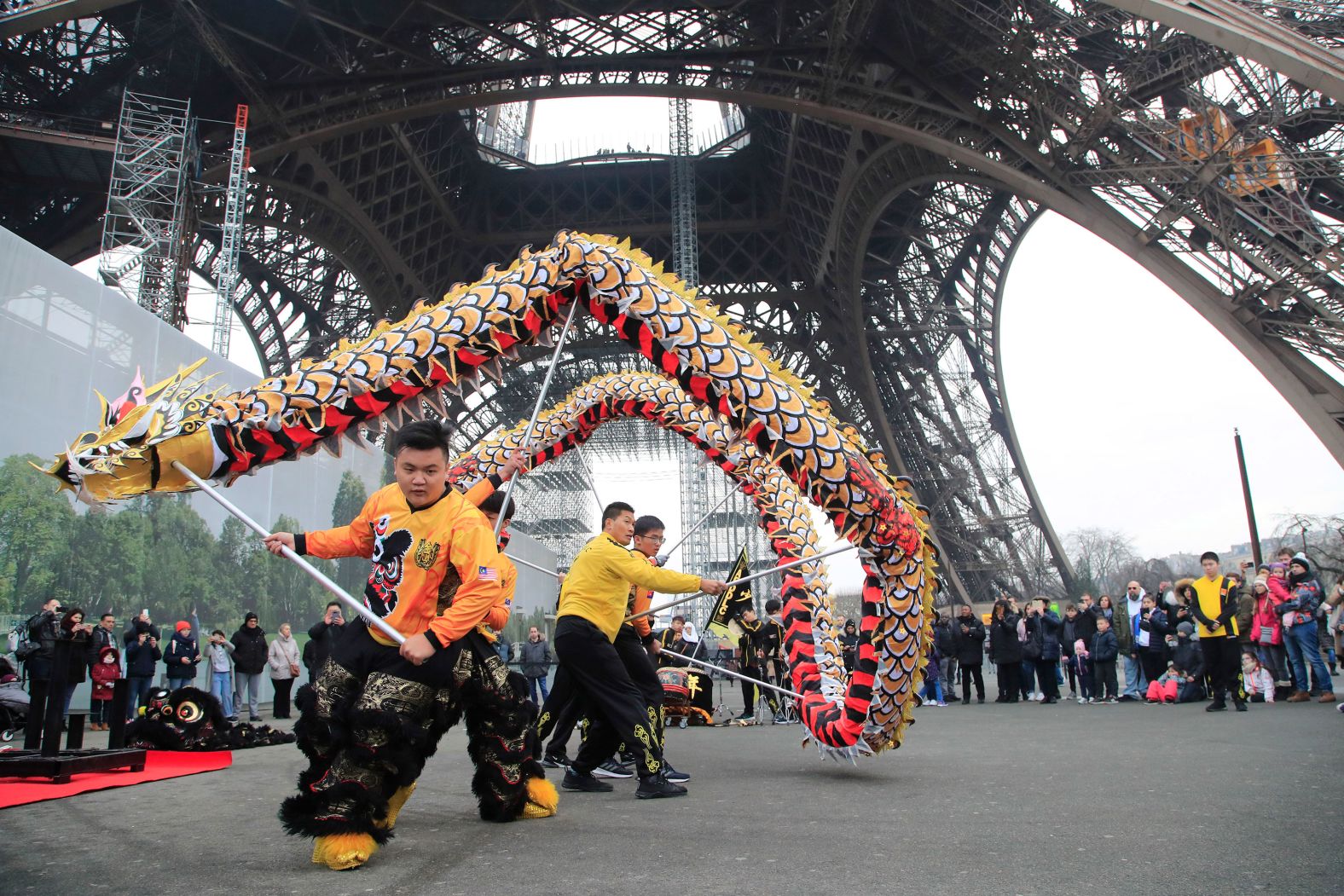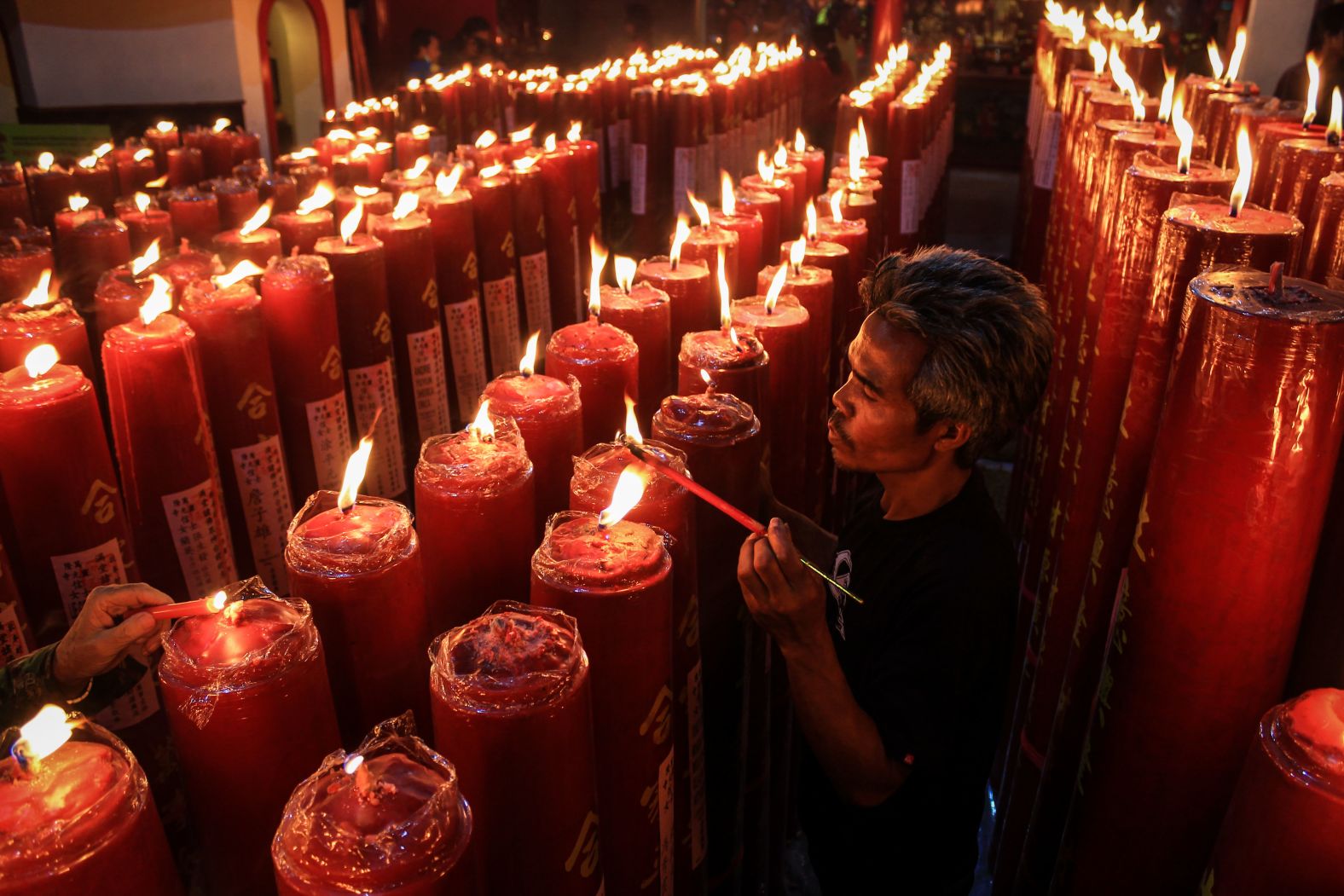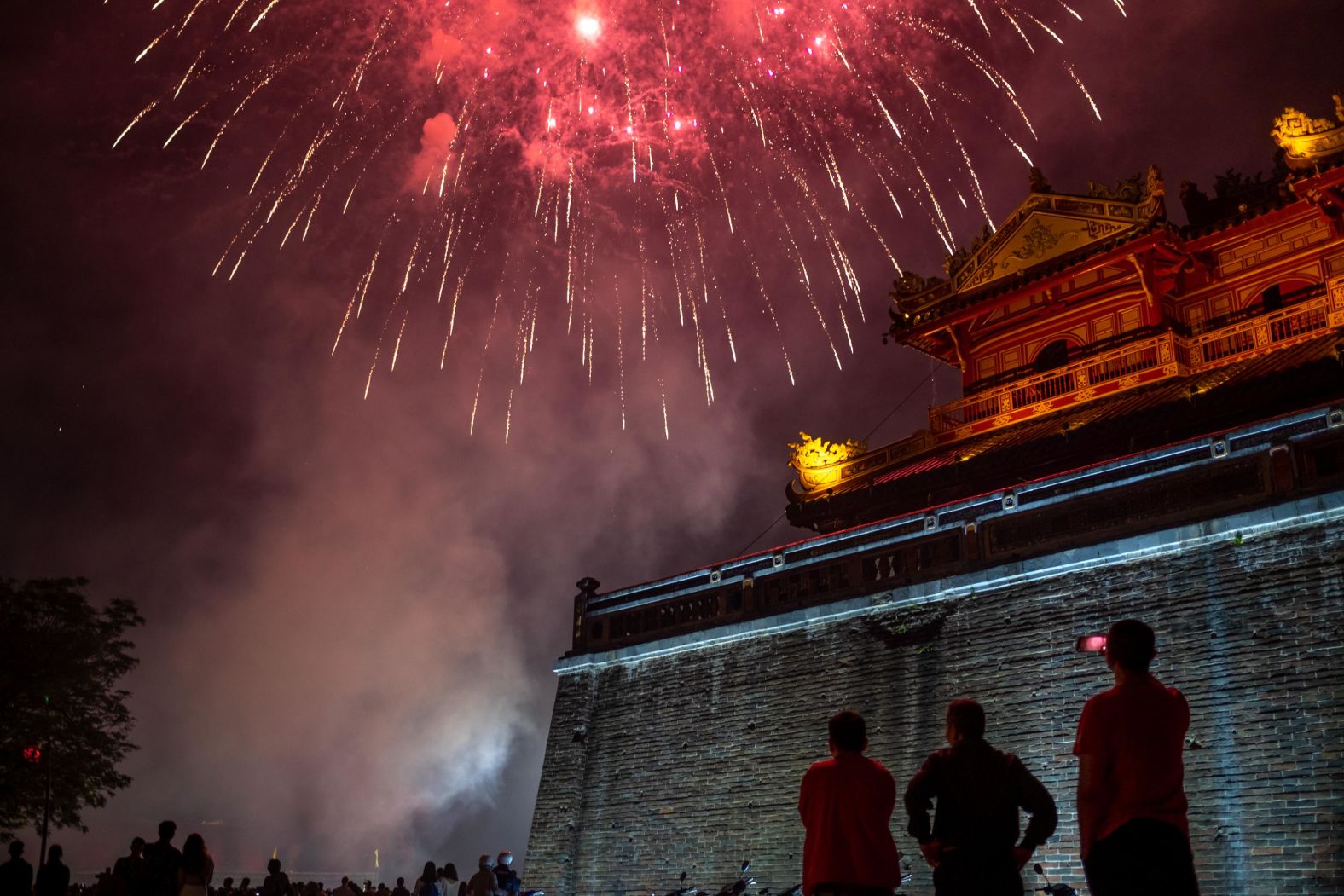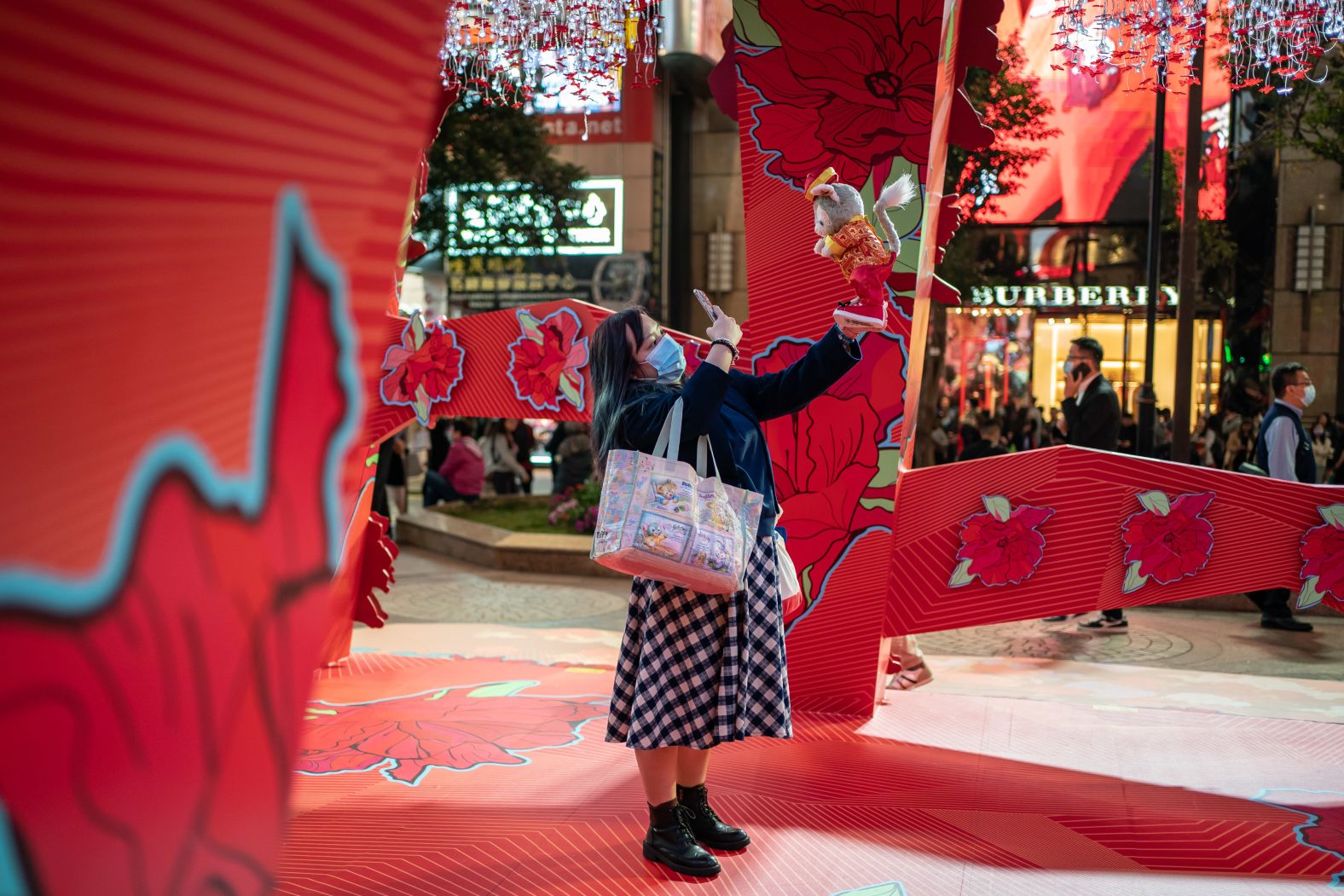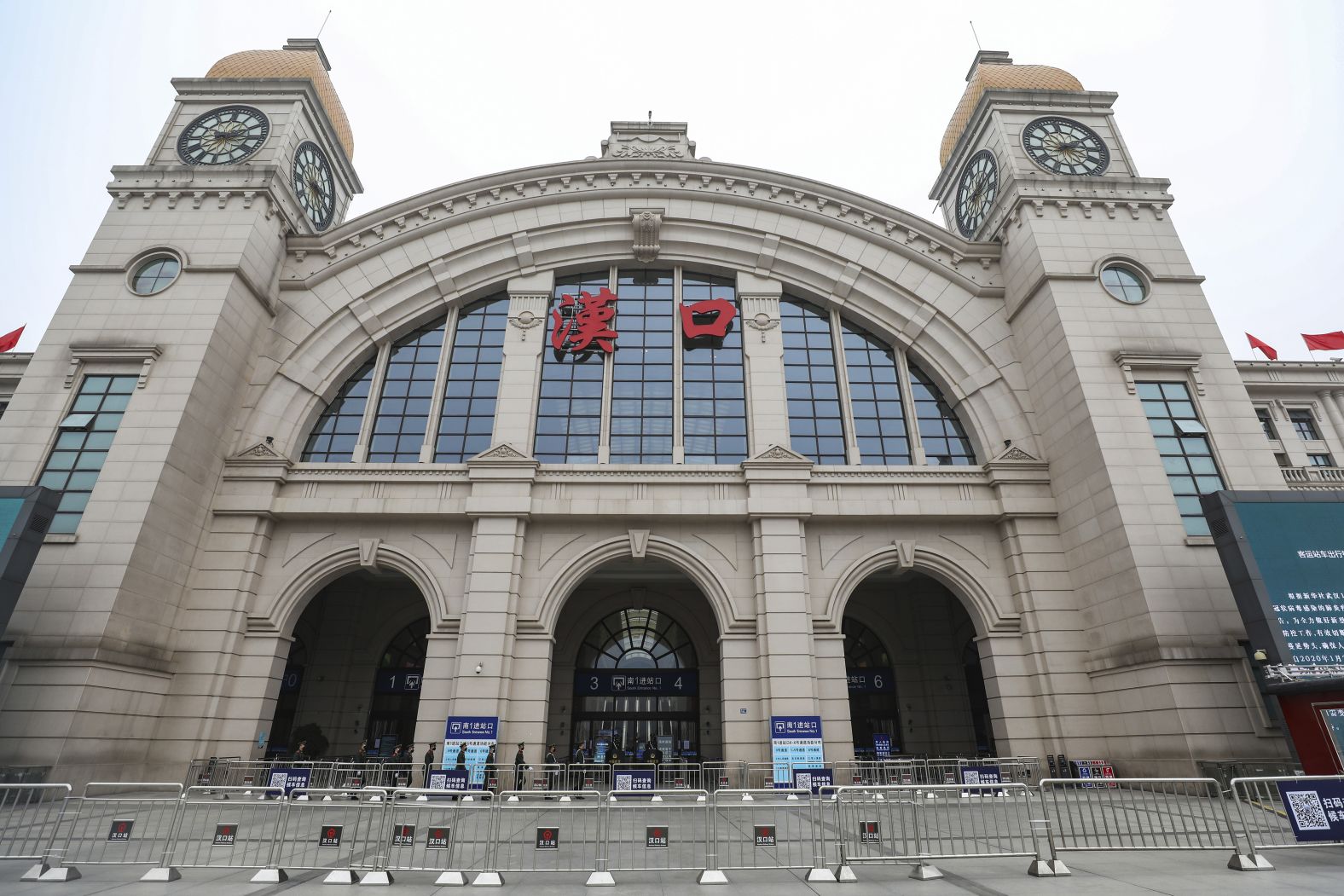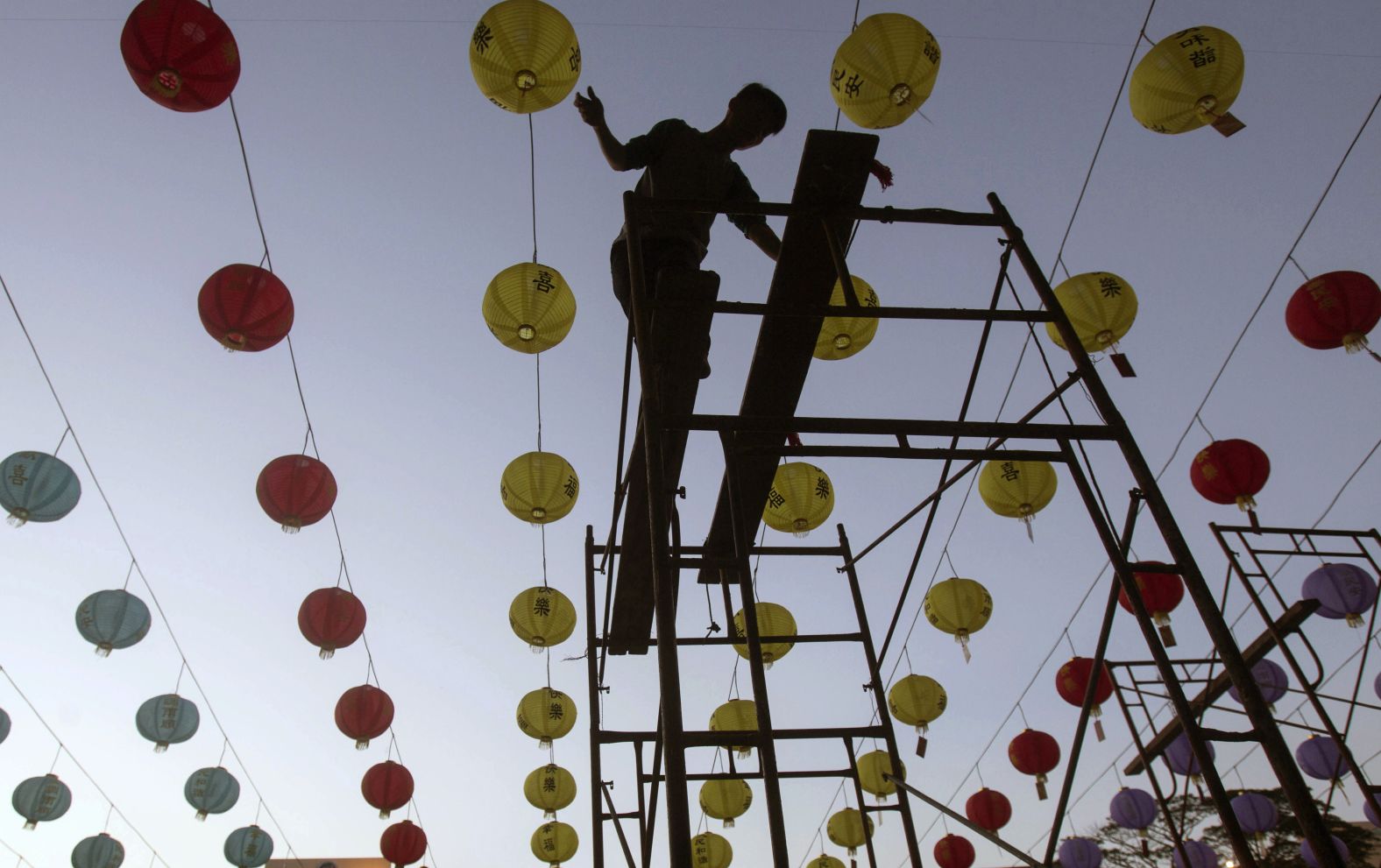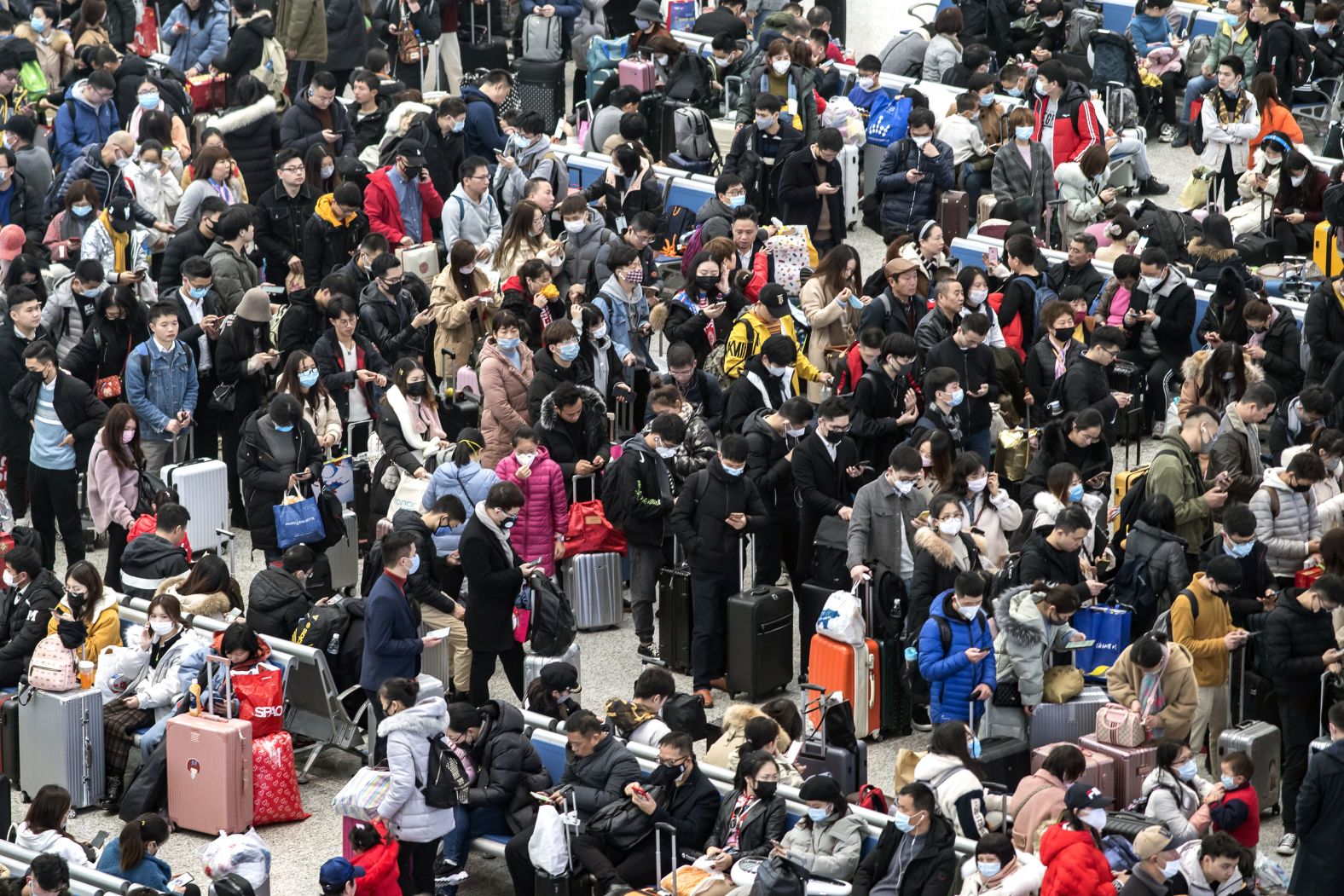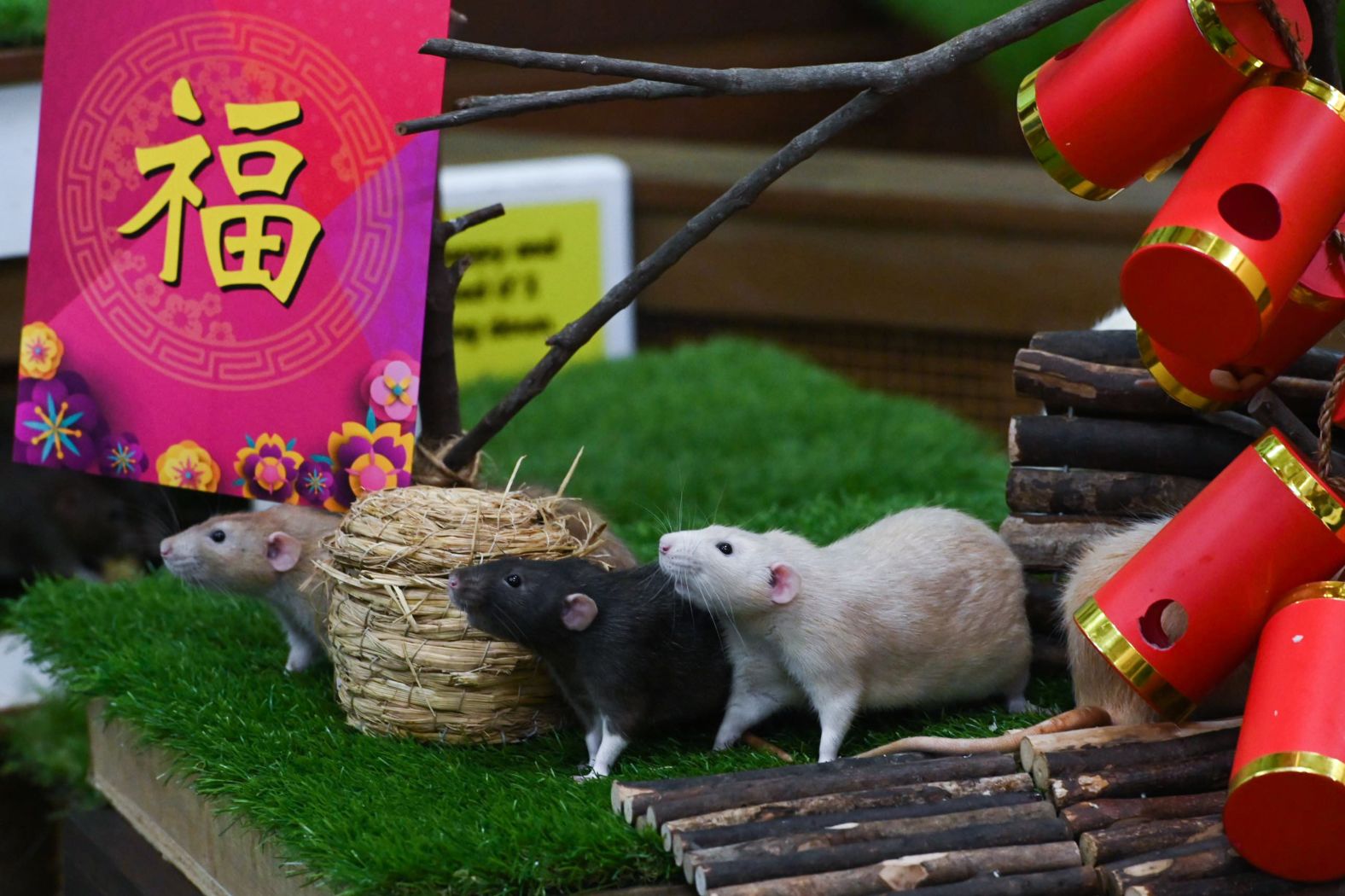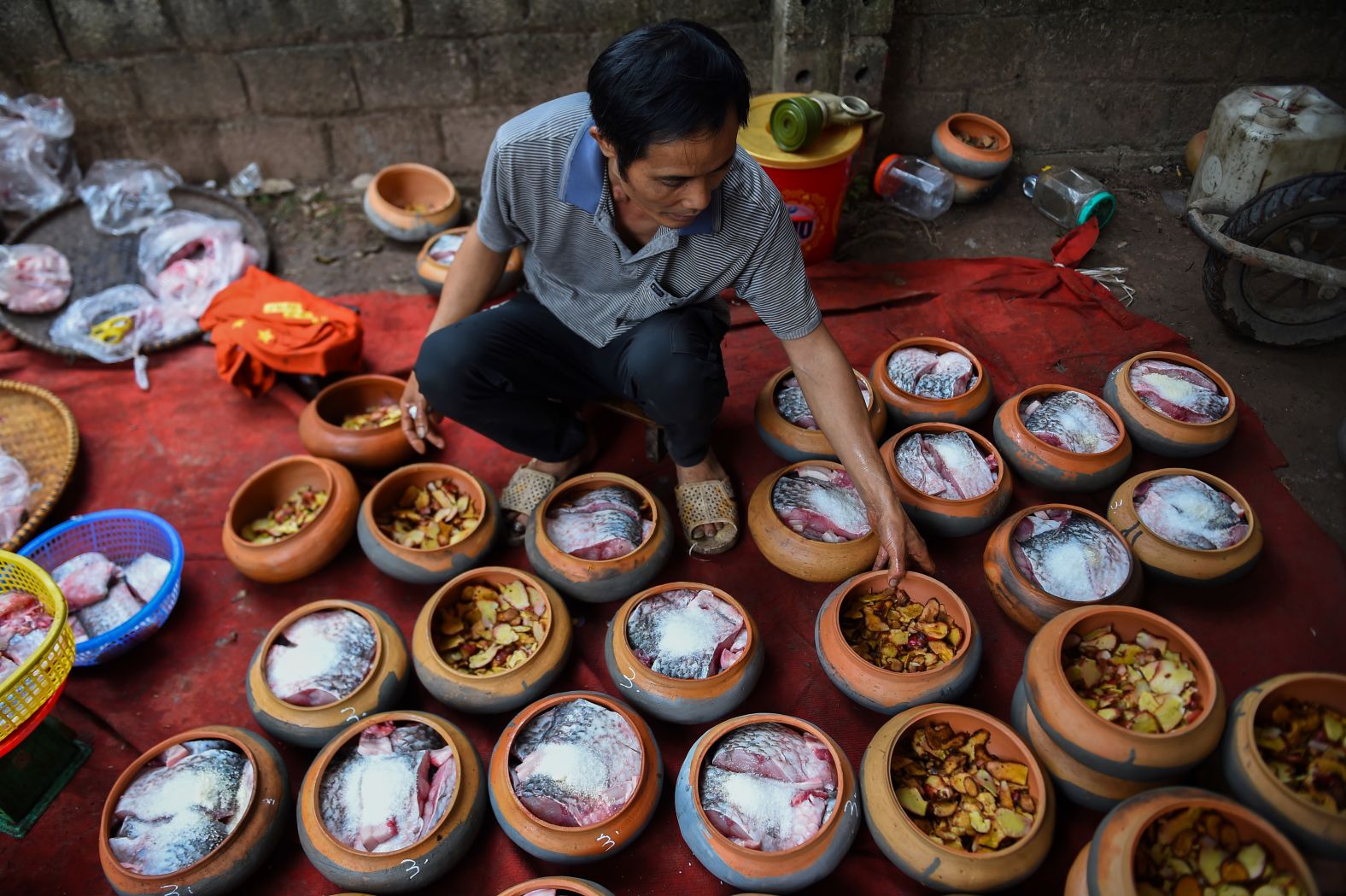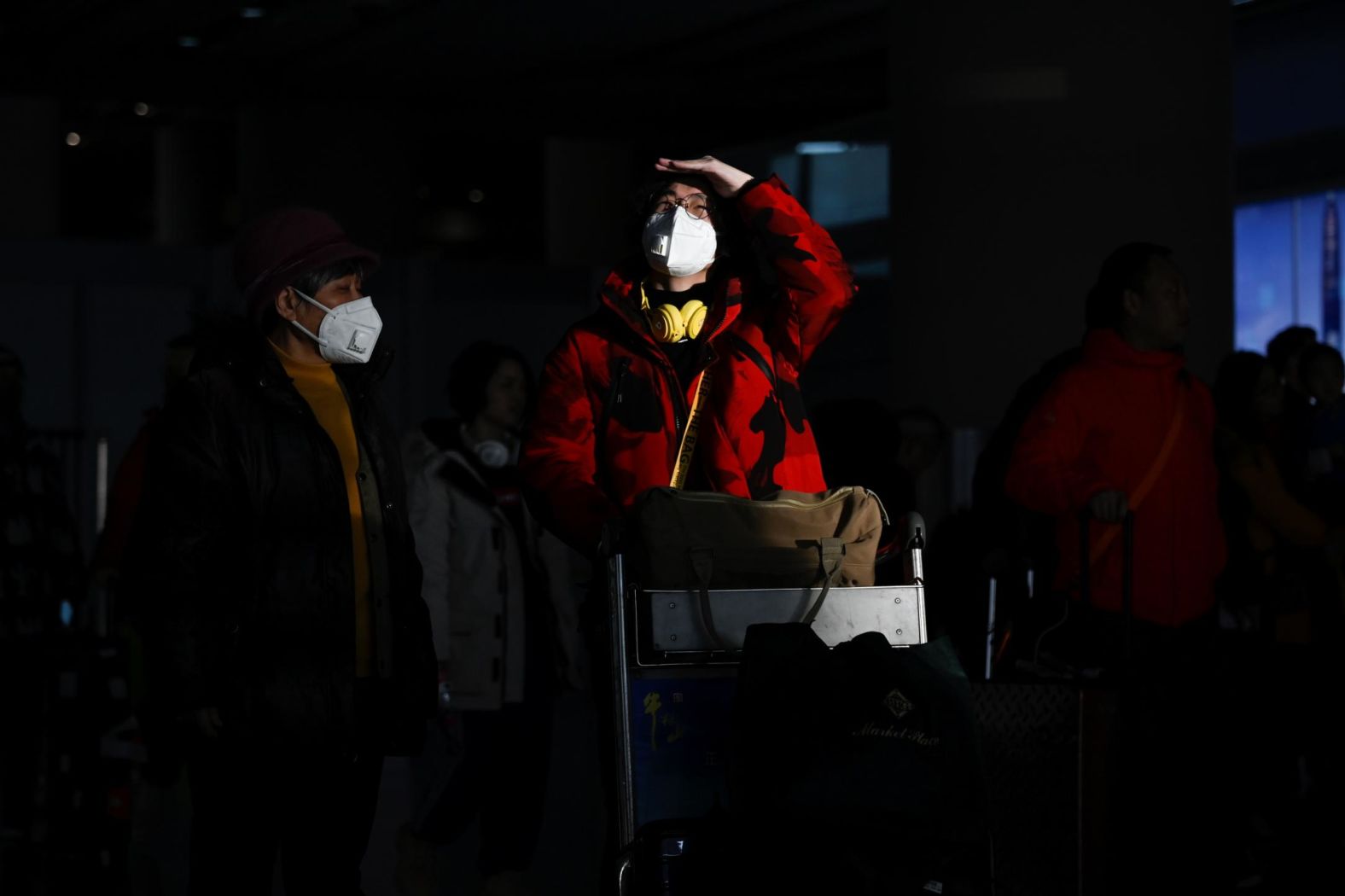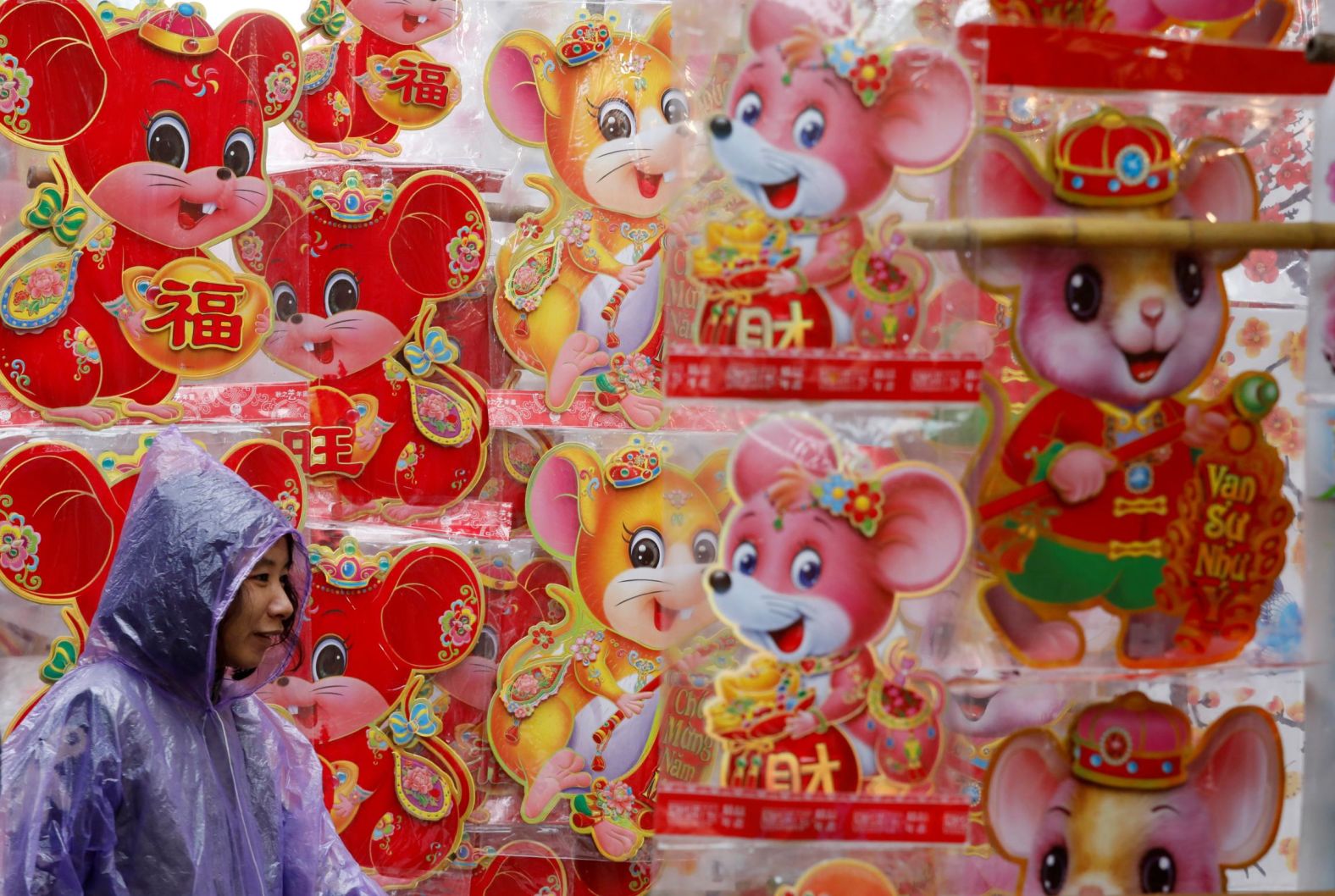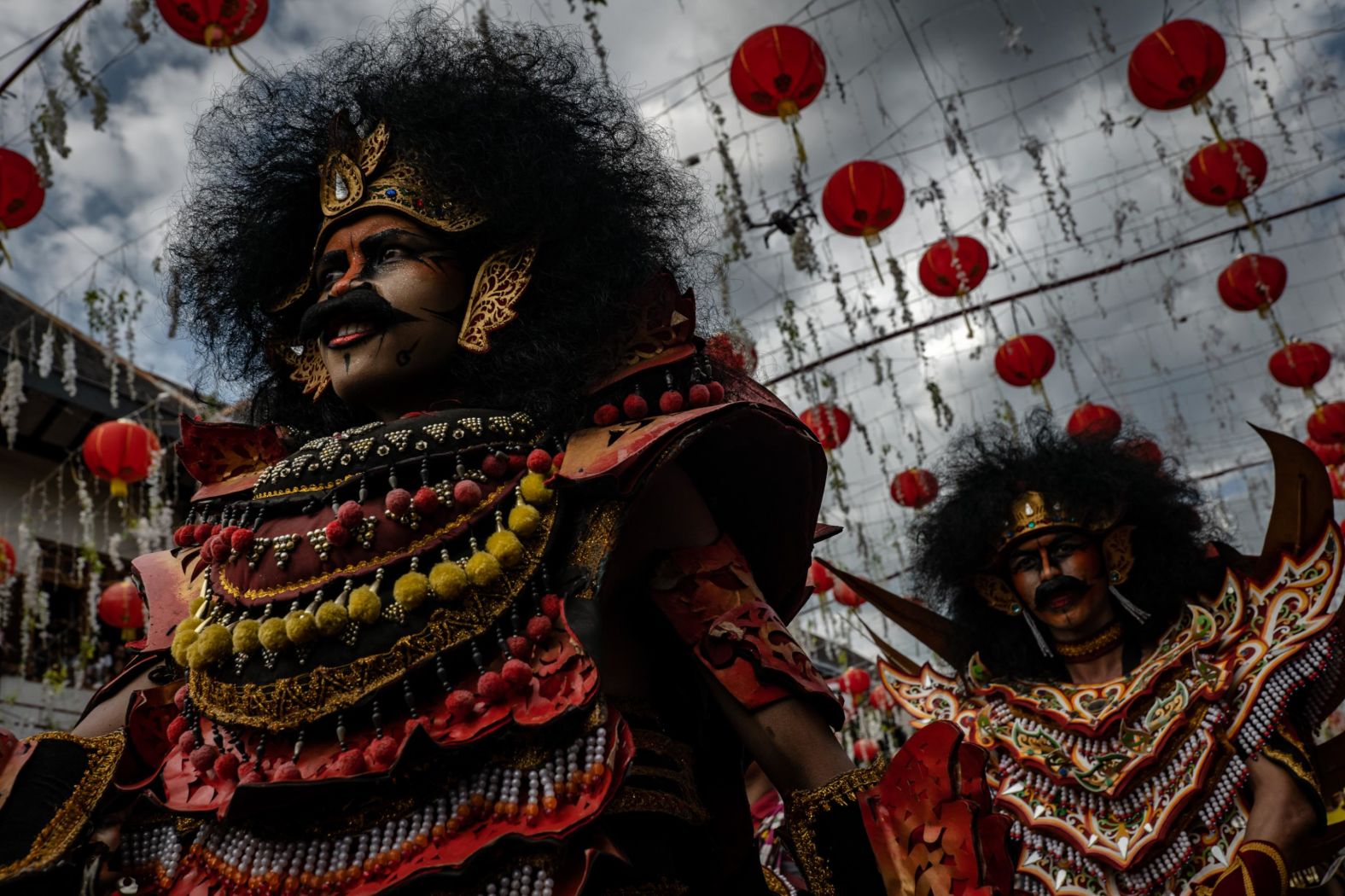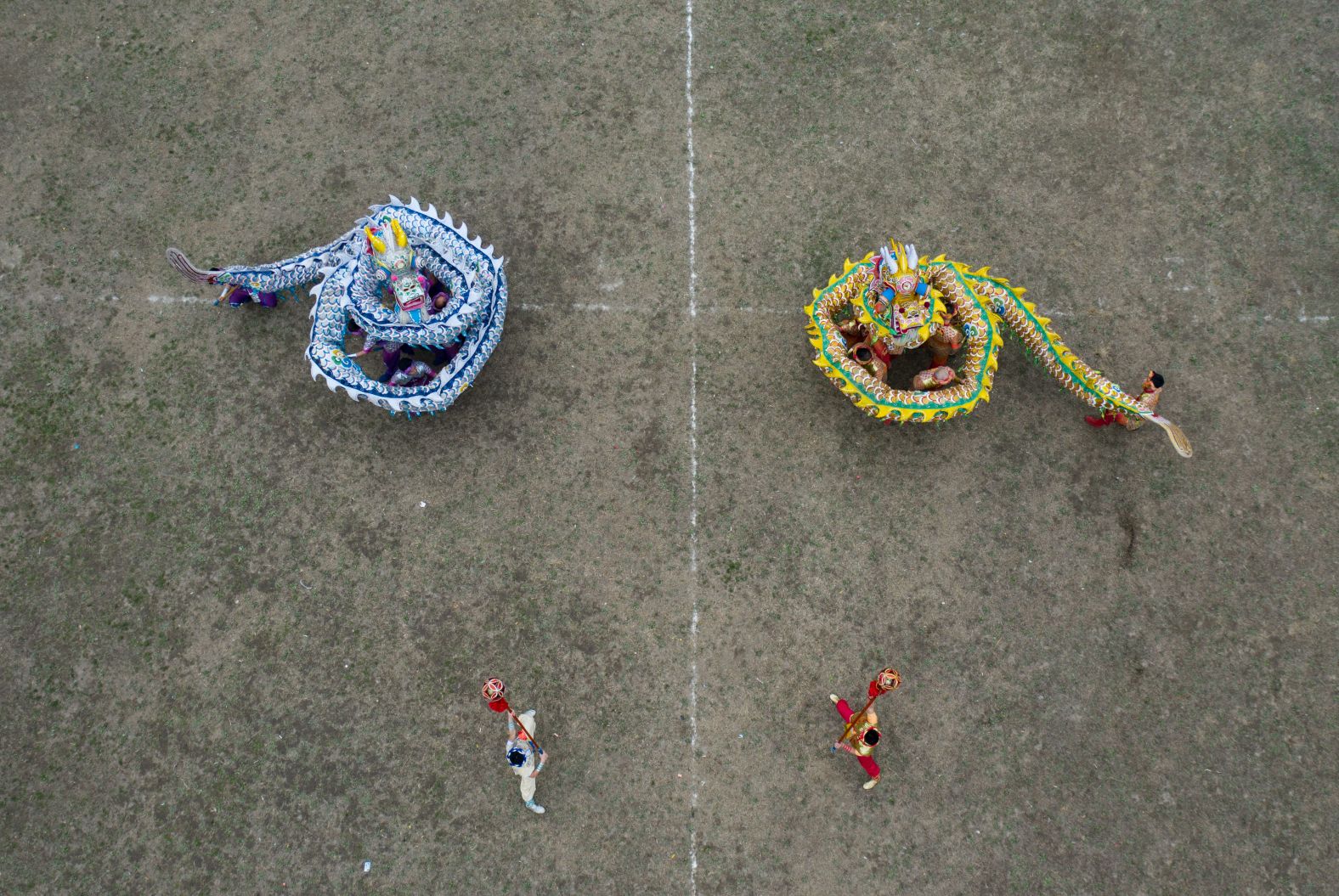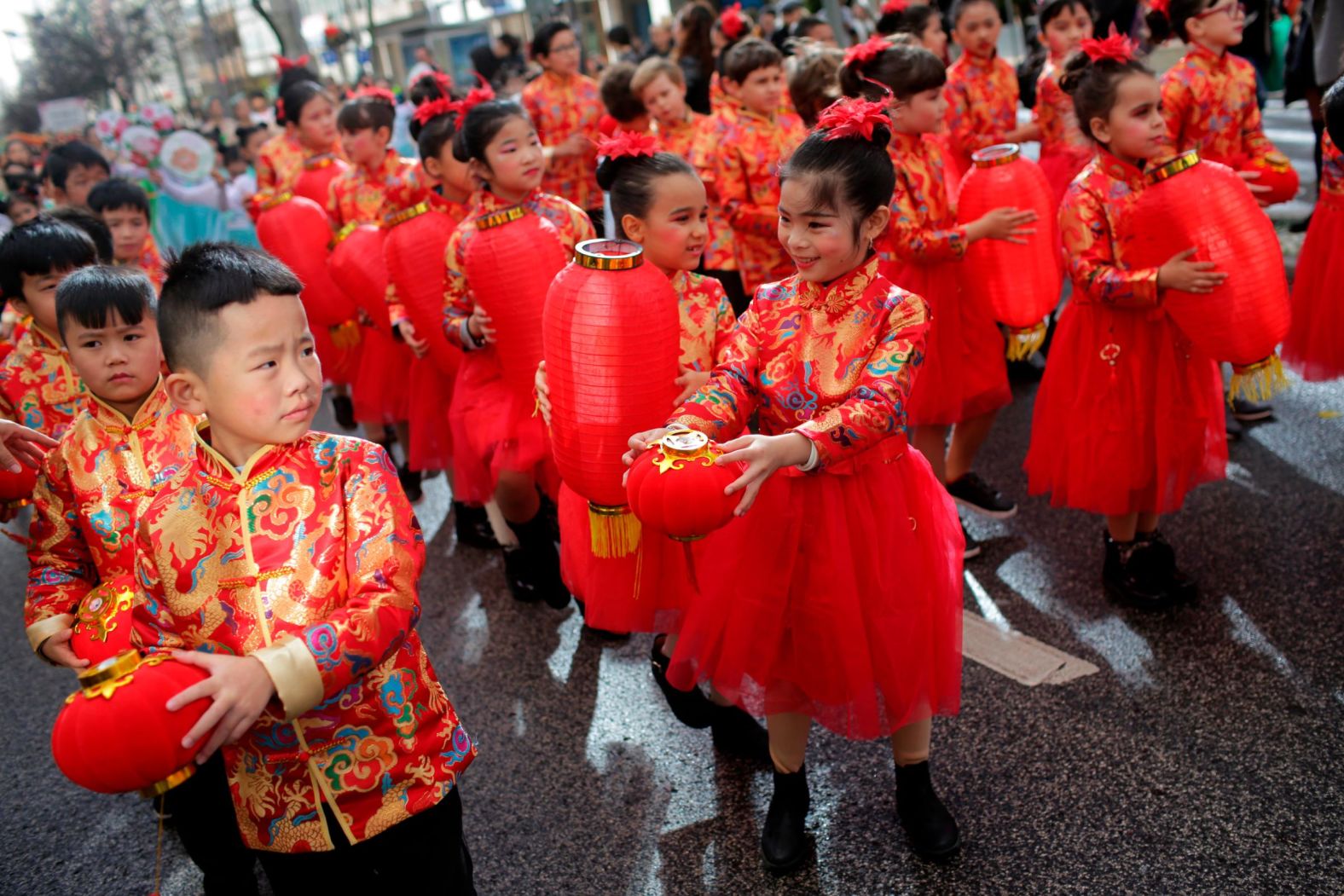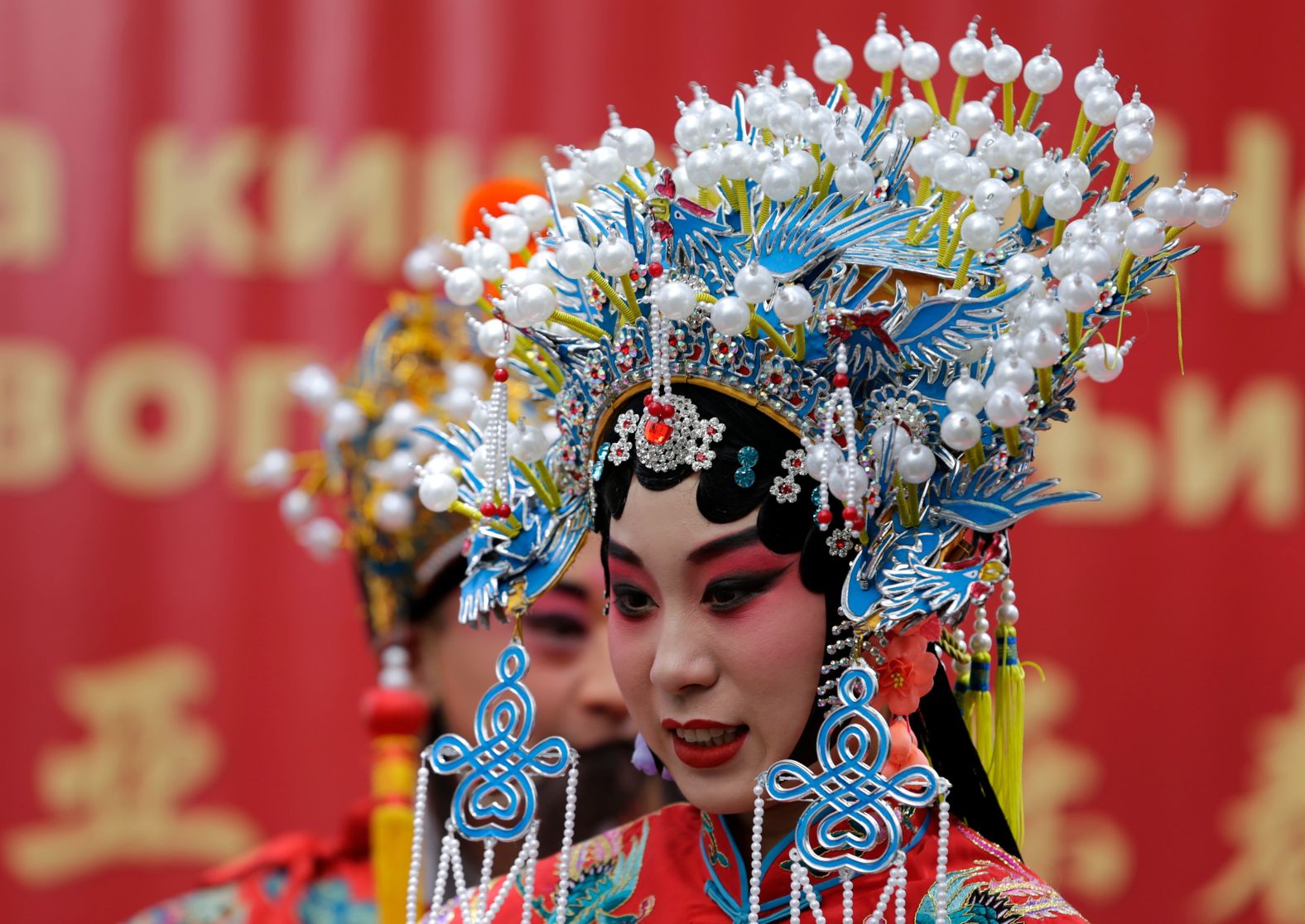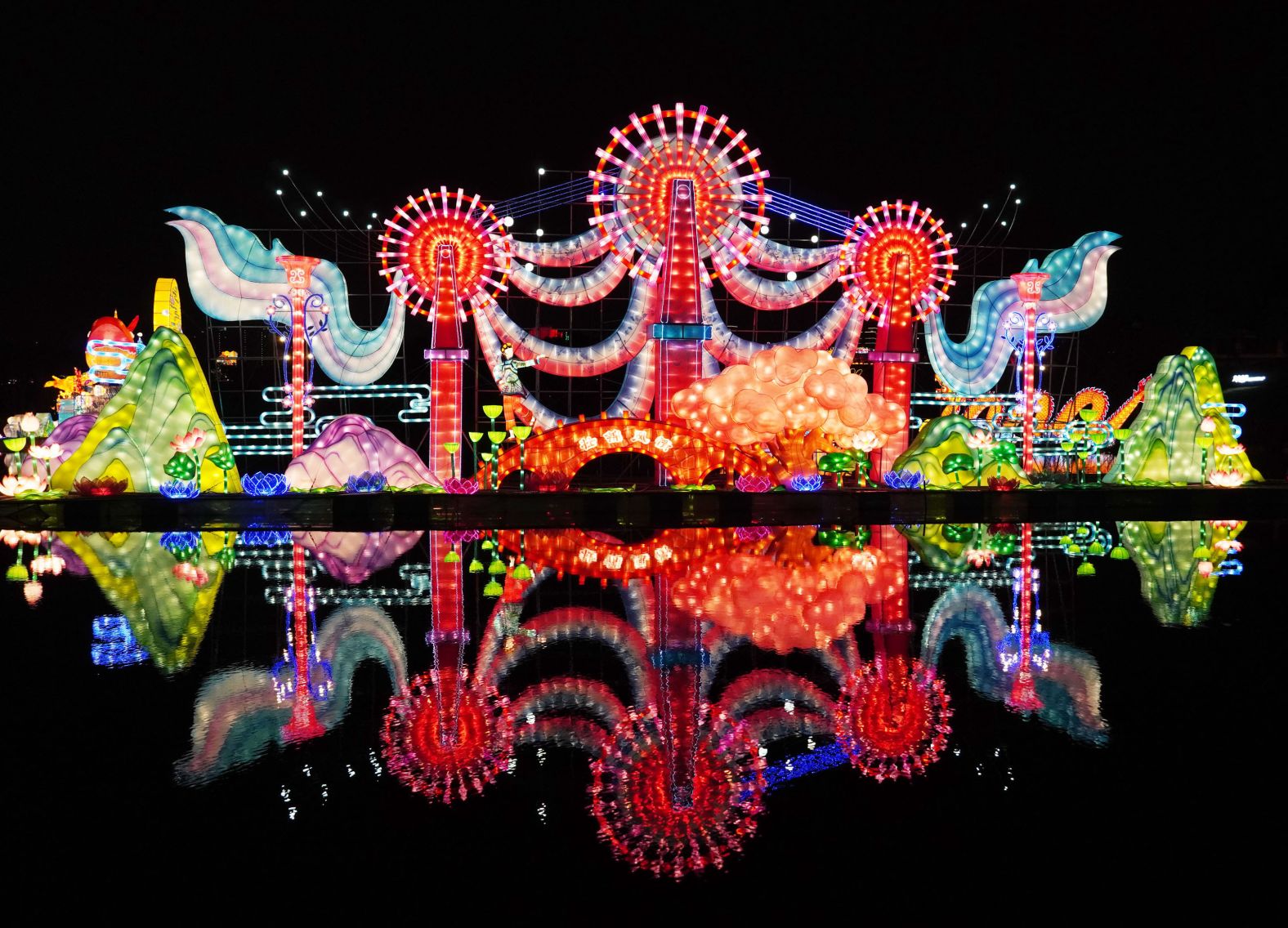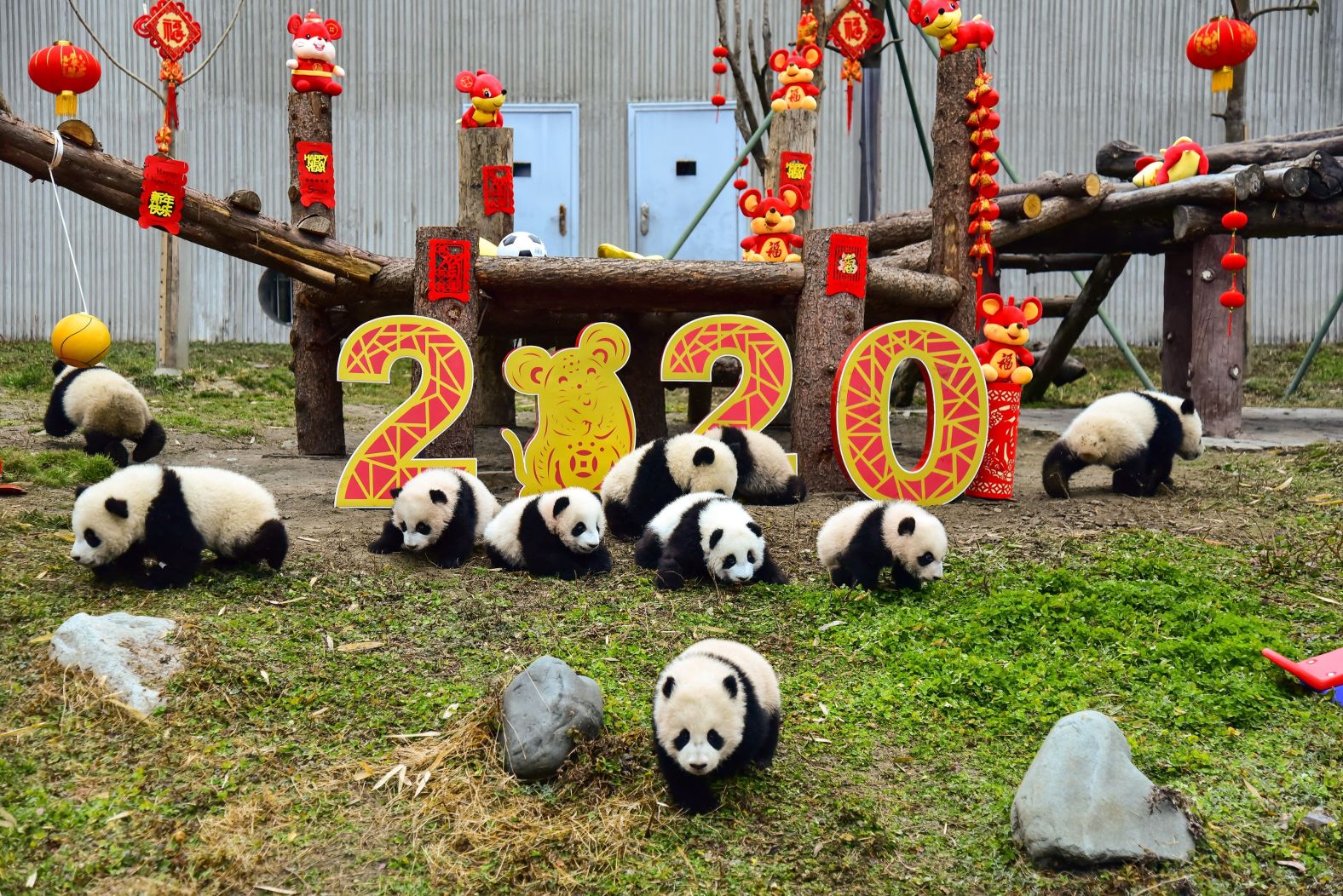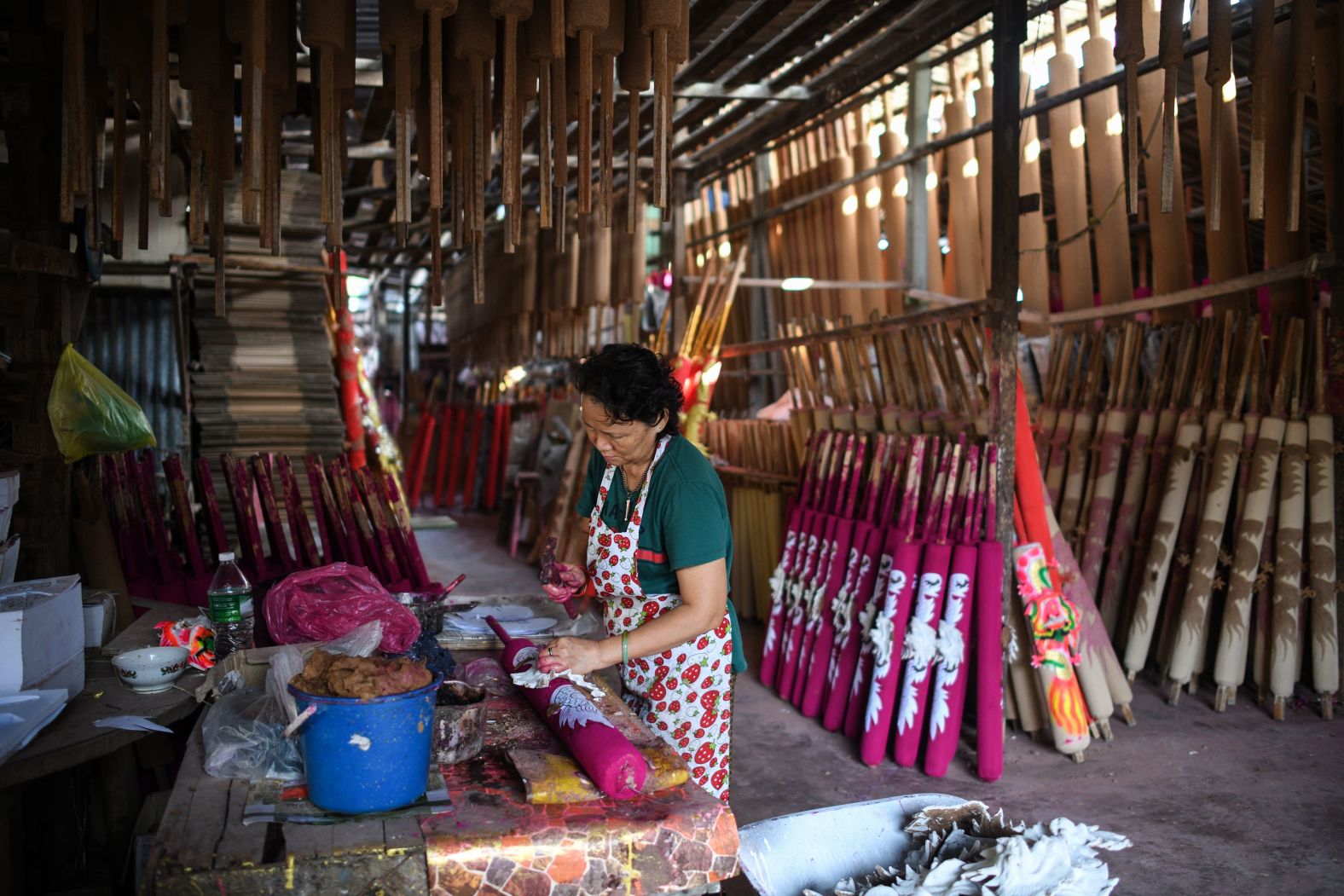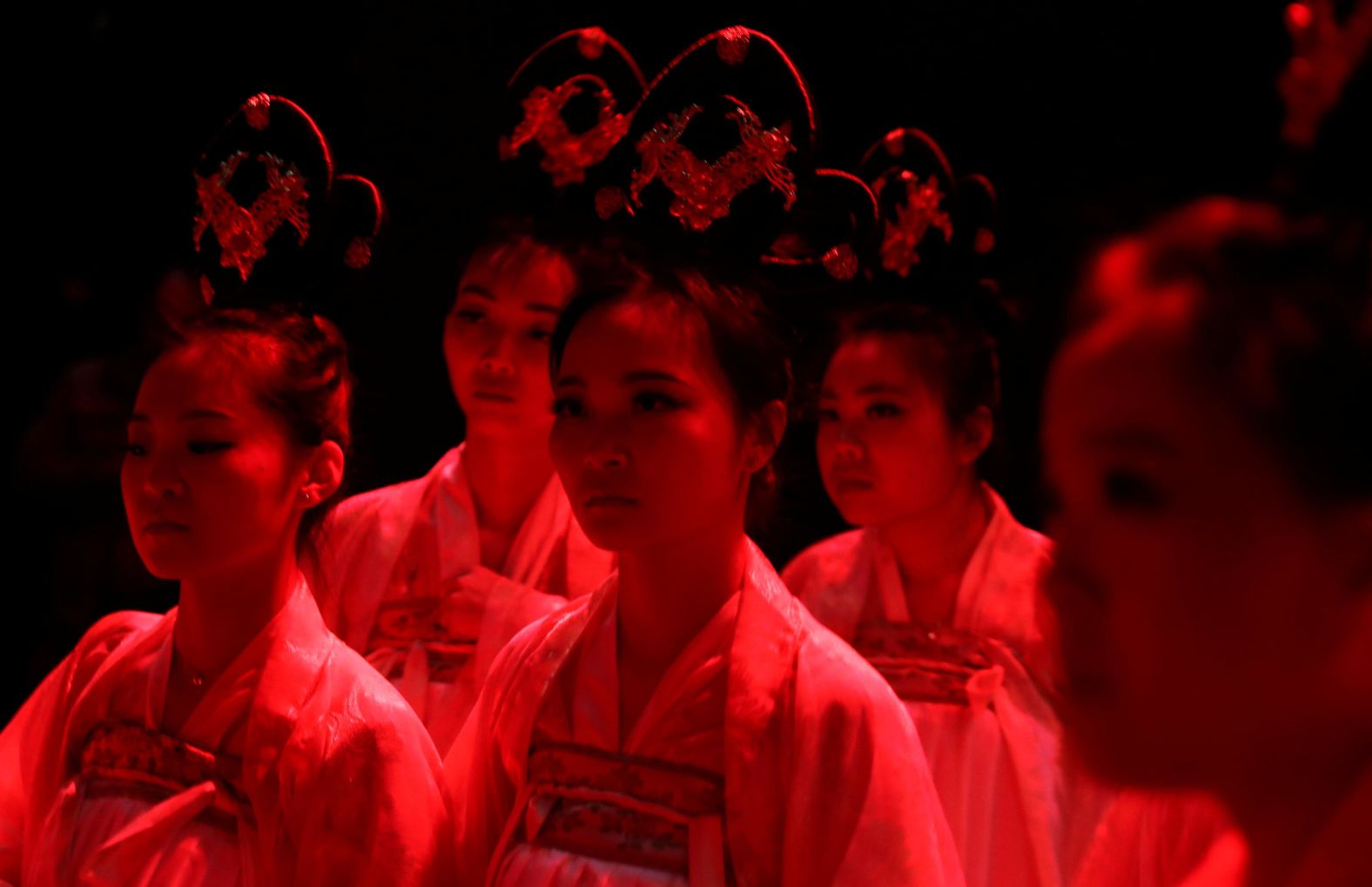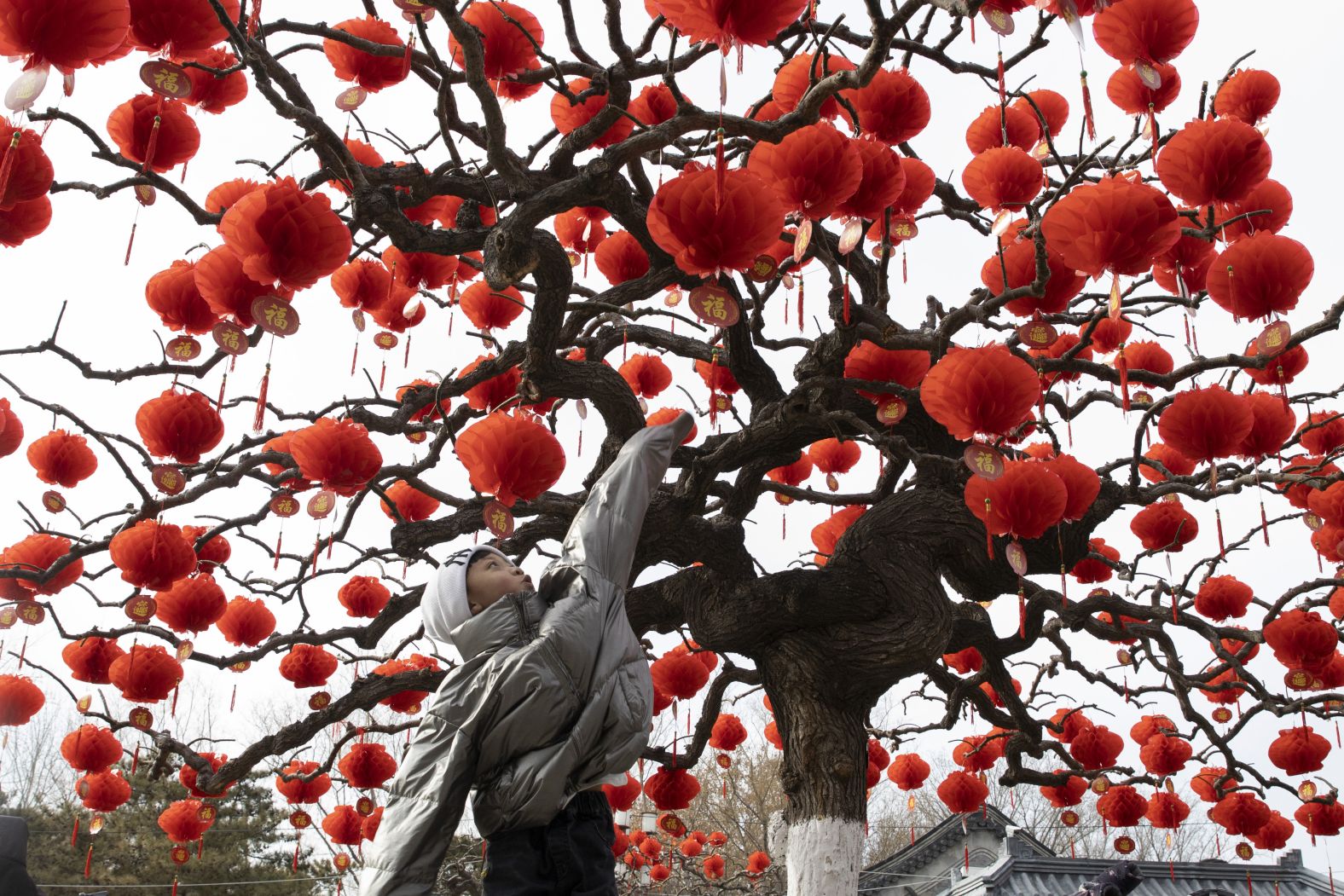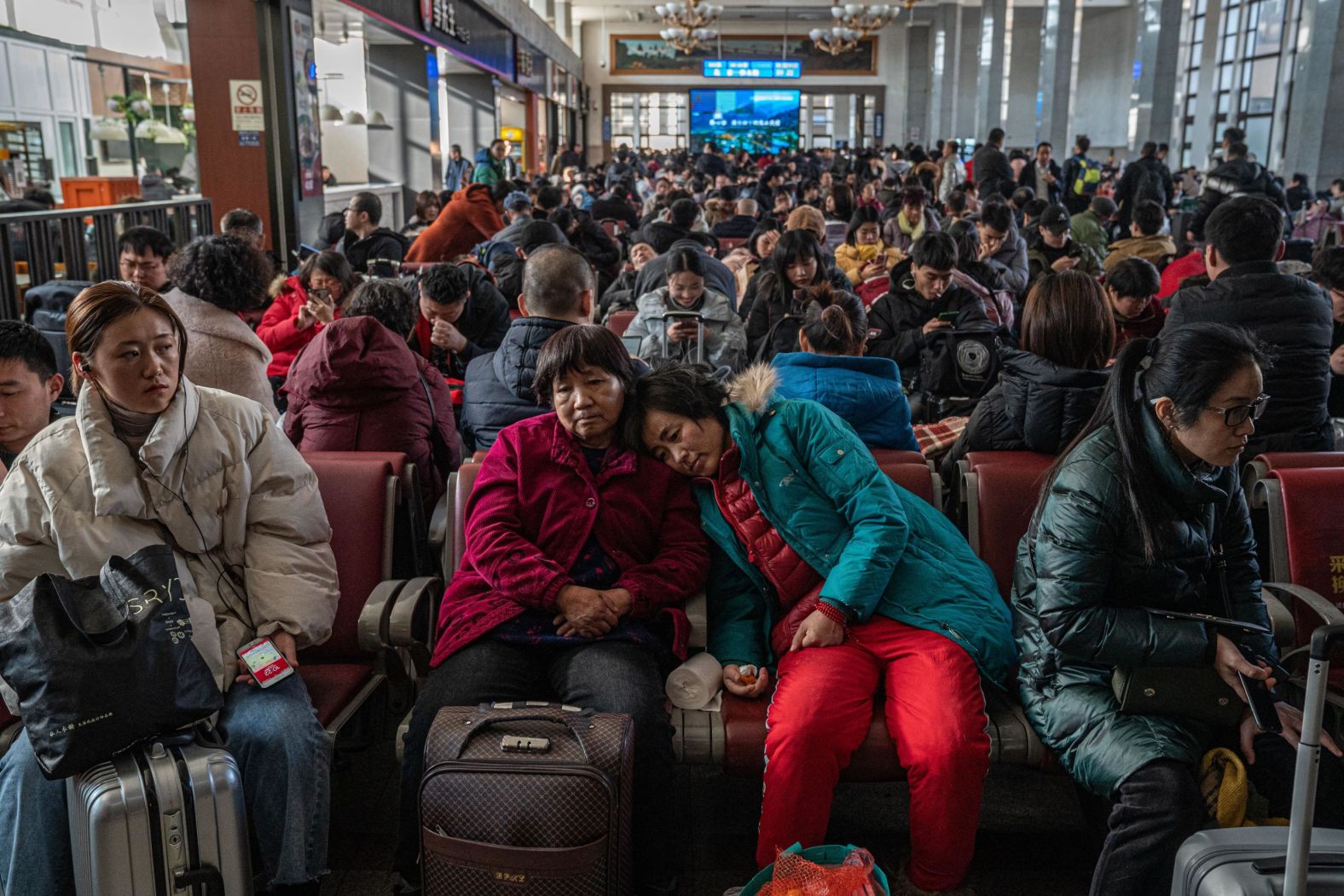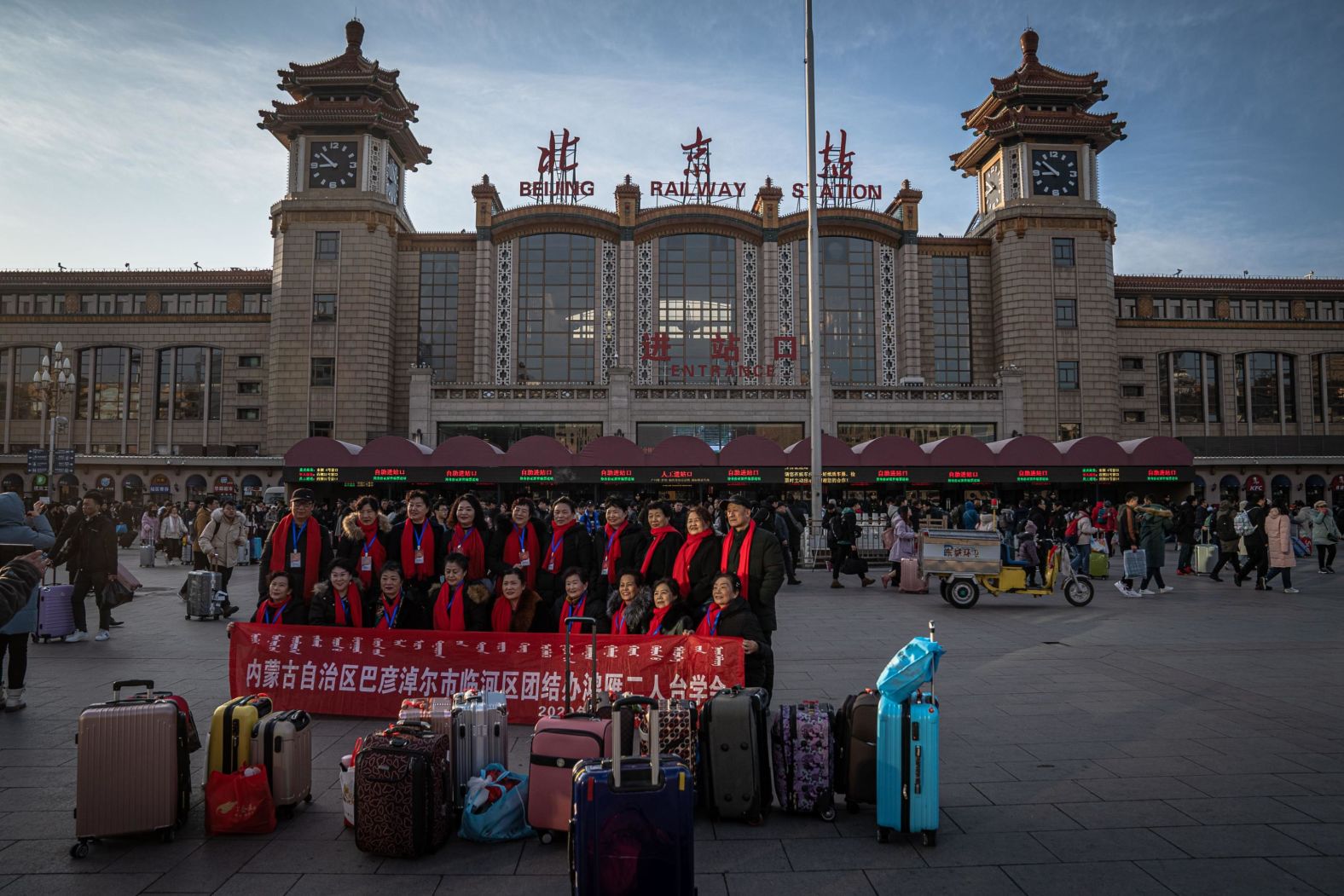The Lunar New Year, a 15-day festival that celebrates the beginning of the lunar calendar across Asia, starts on Saturday, January 25, this year. It is celebrated during the second new moon after the winter solstice, usually between January 21 and February 20 on the Gregorian calendar.
For many Chinese, it is a once-a-year chance to share a meal and carry bags of gifts from the cities to families back home. This year, it's expected that 3 billion journeys will be made during chunyun, or spring rush -- the 40-day period from January 9 to February 18 when people travel for Lunar New Year. Of those journeys, 440 million will be made by rail. Some 79 million travelers will head home by air, but most travel by car and motorcycle.
Family reunions are made more challenging as the journeys are often peppered with adverse weather; however, this year the rapid spread of the Wuhan coronavirus is what concerns most officials. Authorities in Beijing have canceled all large-scale Chinese New Year celebrations in an effort to contain the growing spread of Wuhan coronavirus.
Still, many around the globe will partake in traditions including visiting family, giving cash in a red envelope, called a "hongbao," watching fireworks displays, and attending lantern festivals.

